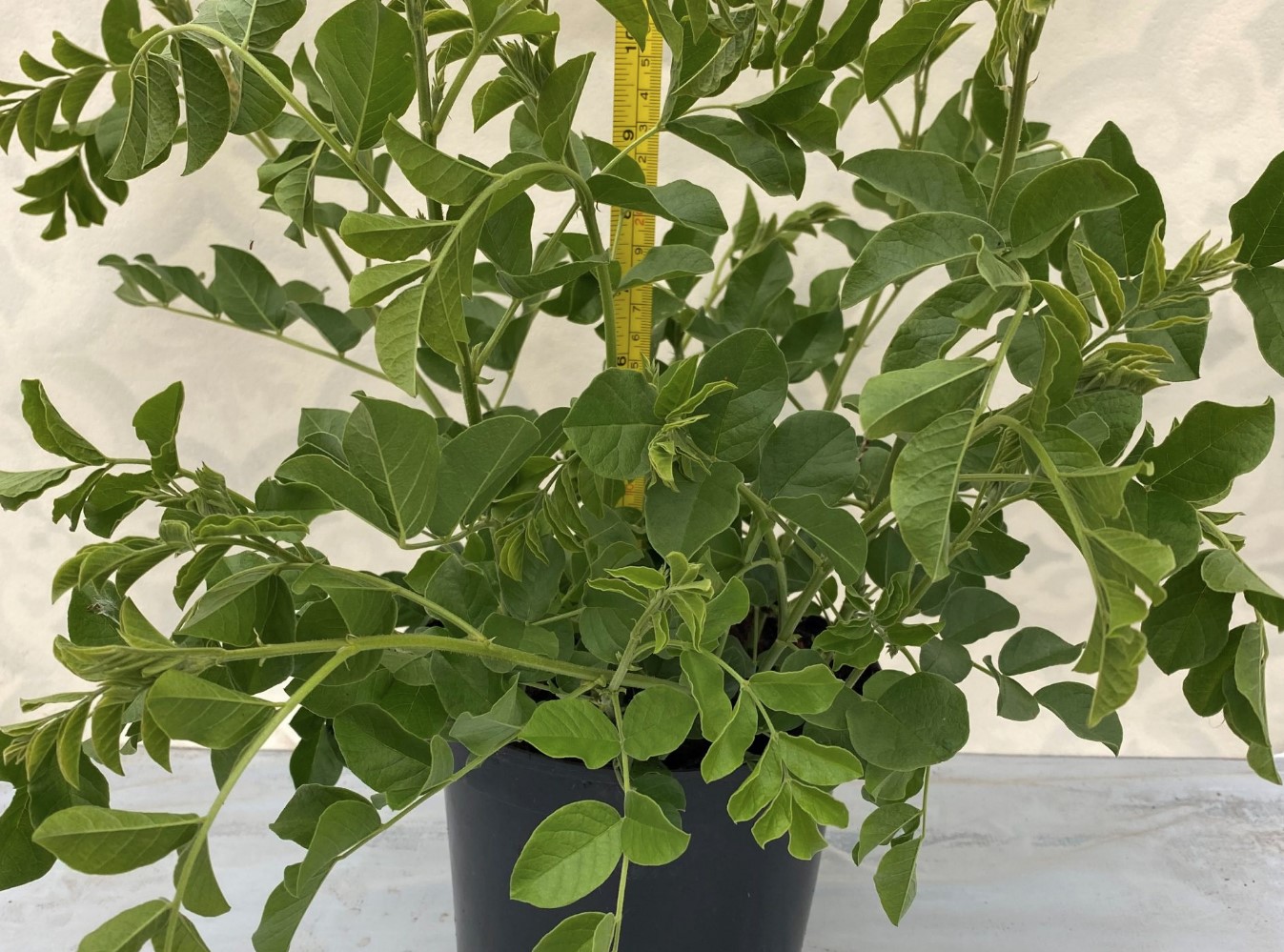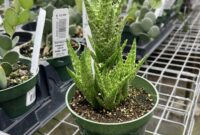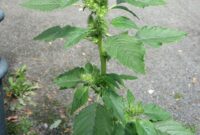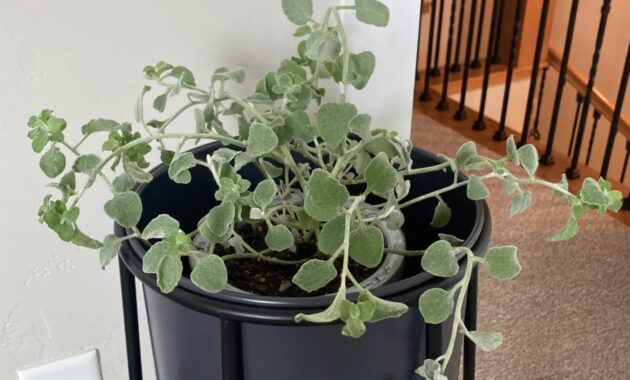
Liquorice, a perennial herb with a long history of medicinal and culinary uses, has captured the attention of health enthusiasts worldwide. Its distinctive sweet taste and numerous health benefits have made it a popular ingredient in various products, from herbal teas to candies. In this comprehensive guide, we will delve into the fascinating world of liquorice, exploring its benefits, cultivation, and traditional uses.
What is Licorice?
Liquorice, scientifically known as Glycyrrhiza glabra, is a flowering plant belonging to the legume family. It is primarily cultivated for its roots, which contain a compound called glycyrrhizin, responsible for its sweet taste. This natural sweetener is significantly sweeter than sugar, making it a popular alternative for those seeking to reduce their sugar intake.
Health Benefits of Licorice Root
Liquorice root has been used in traditional medicine for centuries to treat a variety of ailments. Some of the most notable health benefits of liquorice include:
- Soothes Digestive Issues: Licorice root can help alleviate digestive problems such as ulcers, heartburn, and indigestion.
- Boosts Immunity: It possesses immune-boosting properties, helping to protect the body against infections.
- Reduces Inflammation: Licorice has anti-inflammatory effects, making it beneficial for conditions like arthritis and skin inflammation.
- Relieves Cough and Cold Symptoms: It can soothe coughs, alleviate sore throats, and help reduce mucus production.
- Supports Skin Health: Licorice extract is often used in skincare products to treat acne, eczema, and other skin conditions.
- Hormonal Balance: It may help regulate hormone levels, particularly in women.
Growing Liquorice Plant
If you’re interested in cultivating your own liquorice plant, here’s a step-by-step guide:
- Choose the Right Location: Liquorice plants thrive in well-drained soil with plenty of sunlight.
- Prepare the Soil: Ensure the soil is rich in organic matter and has a pH between 6.5 and 7.5.
- Plant the Seedlings: Plant the liquorice seedlings in early spring, spacing them about 18 inches apart.
- Water Regularly: Keep the soil consistently moist but avoid overwatering.
- Provide Adequate Sunlight: Ensure the plants receive at least 6-8 hours of sunlight daily.
- Fertilize: Apply a balanced fertilizer during the growing season.
- Harvest the Roots: Harvest the roots in the fall, after the plant has gone dormant.

Licorice Root Extraction
The extraction process of liquorice root involves several steps:
- Harvesting the Roots: The roots are harvested in the fall and dried.
- Cleaning and Cutting: The roots are cleaned and cut into smaller pieces.
- Extraction: The roots are extracted using hot water or alcohol to obtain the glycyrrhizin.
- Purification: The extract is purified to remove impurities and concentrate the glycyrrhizin.
- Drying: The purified extract is dried to produce a powder or liquid form.
Traditional Uses of Licorice
Liquorice has been used in various traditional medicine systems, including Ayurveda and Chinese medicine. Some of its traditional uses include:
- Cough Syrup: It is a common ingredient in cough syrups due to its soothing properties.
- Topical Applications: Licorice root extract is used in ointments and creams to treat skin conditions.
- Aromatherapy: Licorice essential oil is used in aromatherapy to relieve stress and anxiety.
- Culinary Uses: It is used as a flavoring agent in candies, teas, and other food products.
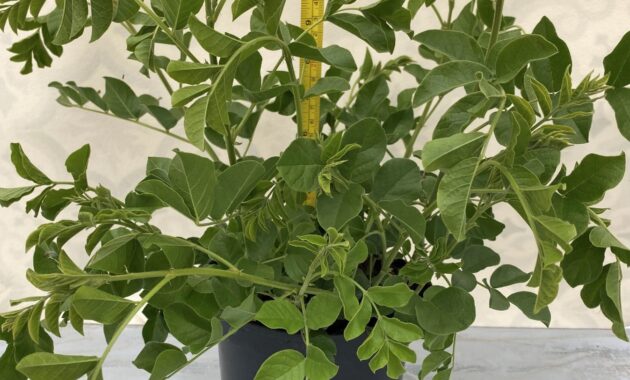
Conclusion
Liquorice, with its myriad of health benefits and versatile applications, has earned its place as a valuable natural remedy. Whether you’re seeking to improve your digestive health, boost your immunity, or simply enjoy its sweet taste, liquorice is a wonderful addition to your wellness routine. By understanding its cultivation, extraction, and traditional uses, you can fully appreciate the power of this remarkable plant.
FAQs
- Is licorice safe for everyone?
While licorice is generally safe for most people, excessive consumption can lead to side effects like high blood pressure and potassium imbalance. It is important to consult with a healthcare professional before using licorice, especially if you have underlying health conditions. - Can licorice interact with medications?
Yes, licorice can interact with certain medications, such as blood thinners, diuretics, and corticosteroids. It is crucial to inform your doctor about your licorice intake, especially if you are taking any medications. - How much licorice is safe to consume daily?
The recommended daily intake of licorice is generally limited - Can I grow licorice in a pot?
Yes, you can grow licorice in a pot, but it may take longer to mature and produce roots. Choose a large pot with well-draining soil and ensure it receives adequate sunlight. - What is the best time to harvest licorice roots?
The best time to harvest licorice roots is in the fall, after the plant has gone dormant. The roots will be more concentrated in active compounds at this time.
By understanding the various aspects of liquorice, from its cultivation to its medicinal properties, you can fully harness the potential of this versatile plant.
